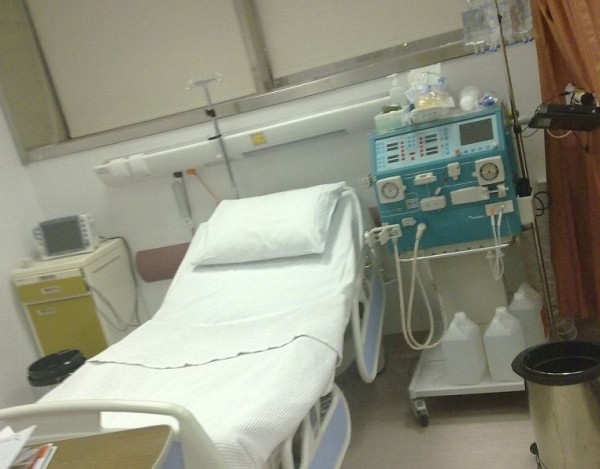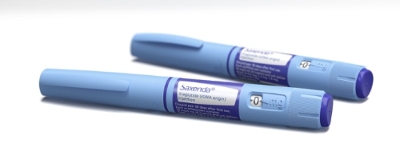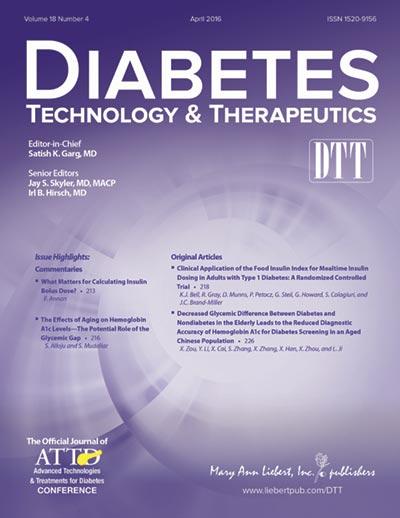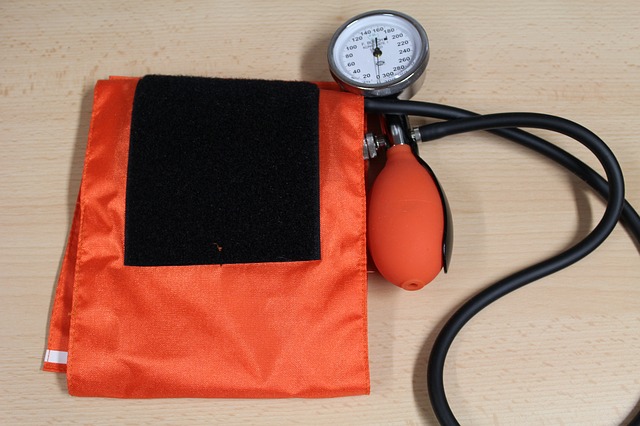Drugs known as thiazolidinediones, or TZDs for short, are widely used in diabetes treatment, but they come with a downside. The drugs have effects on the kidneys that lead to fluid retention as the volume of plasma in the bloodstream expands.
"TZDs usually increase body weight by several kilograms," said George Seki of the University of Tokyo. "However, TZDs sometimes cause massive volume expansion, resulting in heart failure."
Now his team reports in the May issue of Cell Metabolism, a Cell Press publication, that those negative consequences arise in more than one way. The findings may lead to the development of improved diabetes therapies.
TZDs act on a hormone receptor known as peroxisome proliferator-activated receptor (PPARy). PPARy is a master gene of fat cell biology and differentiation, Seki explained, making it an ideal target for diabetes treatment.
However, TZDs also lead to changes in gene expression that enhance the sodium transport system of the kidney and lead to the reabsorption of water and salt, as scientists knew. But, Seki said, that mechanism alone didn't seem to be enough to explain the volume expansion.
Continue Reading Below ↓↓↓
Seki's team has found that TZDs also have direct effects on channels in the kidney known as the proximal tubules. TZDs rapidly stimulate sodium-coupled bicarbonate absorption from renal proximal tubules. Inhibitors of PPARy or other players in the pathway suppress that stimulation, they report.
The researchers confirm that those effects occur regardless of whether PPARy can bind DNA to influence the activity of other genes.
The discovery helps to explain the speed with which side effects of TZDs can sometimes arise and may lead to strategies to improve insulin resistance without the accompanying severe cardiovascular side effects, the researchers say.
"Massive volume expansion in human subjects usually occurs after weeks of use of TZDs," they wrote. "However, it can also occur as rapidly as 4 days after use of TZDs, supporting the involvement of multiple mechanisms. Thus, combination therapy with different diuretics targeting both renal proximal tubules and the distal nephrons could be a therapeutic option in case of TZD-induced massive volume expansion."
The findings also raise the possibility that other small molecules might bind PPARy in slightly different ways, leading to different biological responses, they added. In fact, several selective PPARy modulators have already been developed and appear to induce less fluid retention, at least in animals. Whether that will prove to work in humans to prevent massive fluid retention remains to be seen.
Source: Cell Metabolism










